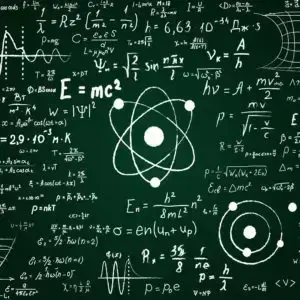There is so much discussion and uncertainty on species when its really very simple. We can add categories under species for more specificity but the definition of species must be objective and true. A species is any group of creatures that can reproduce and produce fertile off spring. This is a clear line that objectively determines where 1 species ends and where 1 species begins.
Now we can use another term either subspecies or breed, which can be described as a population within a species that predominantly reproduces within their subgroup. Problem solved? This allows for cases where 2 subgroups of animals can reproduce with each other but rarely do and completes the tree/pyramid of life.
I’m afraid that you don’t quite see all the complexity involved. I’m not saying I see all of it, but I can see there is more to it than you think.
What about bacteria? Not only don’t they don’t often use sexual reproduction, so they don’t need a pair of parents to produce offsprings, but they exchange plasmids and therefore DNA with little regard for species.
Plants are a complete mess of genome duplication, aneuploidy and whatnot. In these aspects, they are sort of scary to me.
Also, what about formation of a new species? Do you think there is a clean-cut time when they stop producing offspring? Also, what exactly do you mean by fertile? Where do you get a partner to test if the offspring is fertile?
These are just a few problems that came to my mind right away. I’m sure there’s loads more. I’m afraid that the notion of well organised, easy to categorise world just doesn’t match the real world. Species are more or less a continuum. Incidentally, so is life. We have no good definition fornlife either. Just use whatever definition is useful at the moment and don’t forget to specify it when necessary.
That doesn’t define a whole species, it just establishes that a pair of organisms belong to the same species. And most randomly-selected pairs of conspecific organisms would fail this test: if both organisms are the same sex, or if either one is immature or infertile.
And in order to define species unambiguously, this pairwise test would have to be transitive, but it isn’t: there are cases where a member of population A can produce fertile offspring with members of population B, and members of B can produce offspring with members of C, but members of A can’t produce fertile offspring with members of C.
wow, so there are continuums. In that case group B is the “transitional” group between species A and C or the common ancestor between the 2. I guess we’d need a category for this situation. What a mess. Maybe “Intraspecies”.
It just feels wrong to leave the tree/pyramid of life incomplete as far as categorizing.
At the end of the day it sucks but there’s no perfect way to do it. Grouping organisms into species is very useful in a lot of ways, as is grouping and classifying lots of other natural phenomena, but nature doesn’t necessarily follow clean definitions even if it’s useful to us.
So, asexual reproduction gets a pass?
Yes.
Oh look what was just posted today: https://youtu.be/Cp5oajtBbtg
TLDW: It’s been proposed. Turn’s out it’s really hard to even do that.

